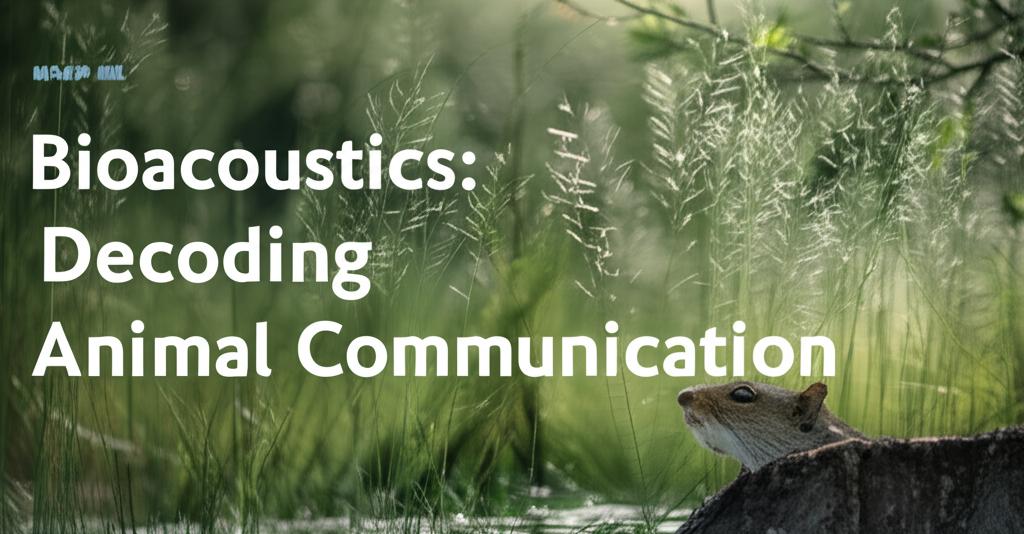The study of animal sounds, or bioacoustics, is rapidly advancing, largely thanks to the integration of artificial intelligence (AI). This interdisciplinary approach is offering unprecedented insights into how animals communicate, potentially transforming our understanding of the natural world and aiding conservation efforts.
Researchers are increasingly using sophisticated AI algorithms and machine learning techniques to analyze vast datasets of animal vocalizations. These tools are capable of identifying subtle patterns and structures within complex animal sounds that might be imperceptible to human observers. For instance, AI has been instrumental in discovering that elephants may use name-like calls for individuals and that sperm whales possess a much more extensive repertoire of click patterns than previously understood.
One of the significant advancements is the development of large-scale audio language models specifically for animals. Projects like the Earth Species Project are creating AI models, such as NatureLM-audio, trained on massive datasets of animal sounds. These models can identify species, and even distinguish characteristics like sex and life stage from their vocalizations. Early results suggest that these AI systems can find shared structures between human language and animal communication, opening new avenues for decoding what animals might be conveying.
The applications of these technologies are wide-ranging, particularly in conservation. By deciphering animal communication, scientists hope to better understand animal behavior, social structures, and their responses to environmental changes. This knowledge can be crucial for protecting endangered species. For example, there are efforts to analyze the calls of Hawaiian crows, reintroduced to the wild after captive breeding, to see if they've retained their full vocal repertoire. Similarly, machine learning tools could help interpret beluga whale calls to protect them from shipping hazards.
The collection of animal sound data is also becoming more accessible. Affordable recording technologies like AudioMoth are enabling researchers to gather extensive datasets from natural habitats around the clock. These vast datasets are essential for training the AI algorithms that can process and categorize animal sounds based on their unique acoustic properties.
While the prospect of a universal translator for animal languages remains a distant goal, AI is significantly enhancing our ability to understand the intricacies of animal communication. This deeper understanding is not only reshaping research in animal behavior but also fostering a greater appreciation for the complexity of other species and the importance of biodiversity. Challenges remain, including the need for more high-quality annotated datasets and the ongoing debate about the nature of animal "language." However, the rapid advancements in AI and bioacoustics signal an exciting era of discovery in how we perceive and interact with the animal kingdom. Scientists are also exploring how animals adapt their communication in noisy environments and how vocalizations are linked to social learning and emotional expression. The ethical implications of these advancements are also being considered, particularly regarding animal welfare and the potential for new forms of interspecies interaction.

